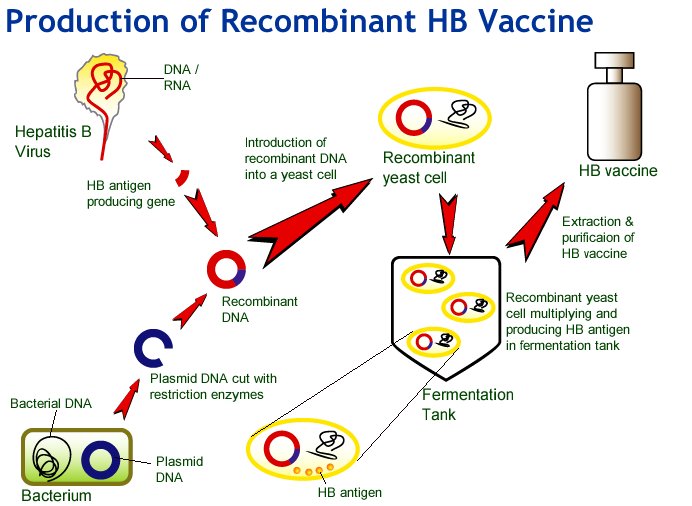Researchers continued to improve insulin but the basic production method remained the same for decades. Pancreas is a mixed gland situated transversely across the upper abdomen behind stomach and spleen.

Synthetic insulin is made in both bacteria and yeast.

Production of insulin biotechnology. Currently millions of diabetics worldwide use synthetic insulin to regulate their blood sugar levels. The nature and purpose of synthesising human insulin. Faster larger manufacturing production meets ever growing insulin demand.
Bacterial cells are genetically modified to produce large quantities of human insulin which is then purified for therapeutic use. The gene is fairly small and consists of two polypeptide chains an a chain which codes for 21 amino acids and a b chain which codes for 30 amino acids. The majority of insulin used by people to manage diabetes is produced using biotechnology.
Since the early 1920s diabetic patients were treated with insulin which was purified from bovine or porcine pancreas. A significant barrier to insulin is affordability. Islets of langerhans produces stores.
In this manuscript we describe improvements to key steps in the insulin production process in pichia pastoris that reduce cost and time. The process of insulin production using biotechnology involves the following steps. Protein made up of 51 amino acids.
Insulin was extracted from the pancreas of cattle and pigs and purified. Addition of lactose into the bioreactor increases the production proinsulin. Nowadays recombinant human insulin is mainly produced either in e.
Alfa cells which secretes glucagon. The development in the field of genetic engineering allowed the production of insulin in e. Human insulin production by genetic engineering.
Insulin is a hormone that regulates the amount of glucose in the blood. 1 are due to impaired insulin production have been treated with insulin derived from the pancreas glands of abattoir animals. Insulin is a hormone produced by β cells of islets of langerhans of pancreas.
Synthetic human insulin was the first golden molecule of the biotech industry and the direct result of recombinant dna technology. The gene responsible for producing human insulin is located on chromosome 11. Coli or saccharomyces.
Beta cells which secretes insulin. Diabetic patients whose elevated sugar levels see fig. Since banting and best discovered the hormone insulin in 1921.
Coli cells with proinsulin gene in their plasmids are grown in bioreactors containing nutrient medium. It was discovered by sir edward sharpey schafer 1916 while studying islets of langerhans. In the first step the insulin precursor secreted during.
It results in cloning of proinsulin gene which are then used in insulin production. Coli and yeast which have been approved for therapeutic applications in human by fda. The chemical structure of insulin in these animals is only slightly different than human insulin which is why it functions so well in the human body.
The strategy for recovery and processing of human insulin precursor has been streamlined to two steps from bioreactor to the transpeptidation reaction.